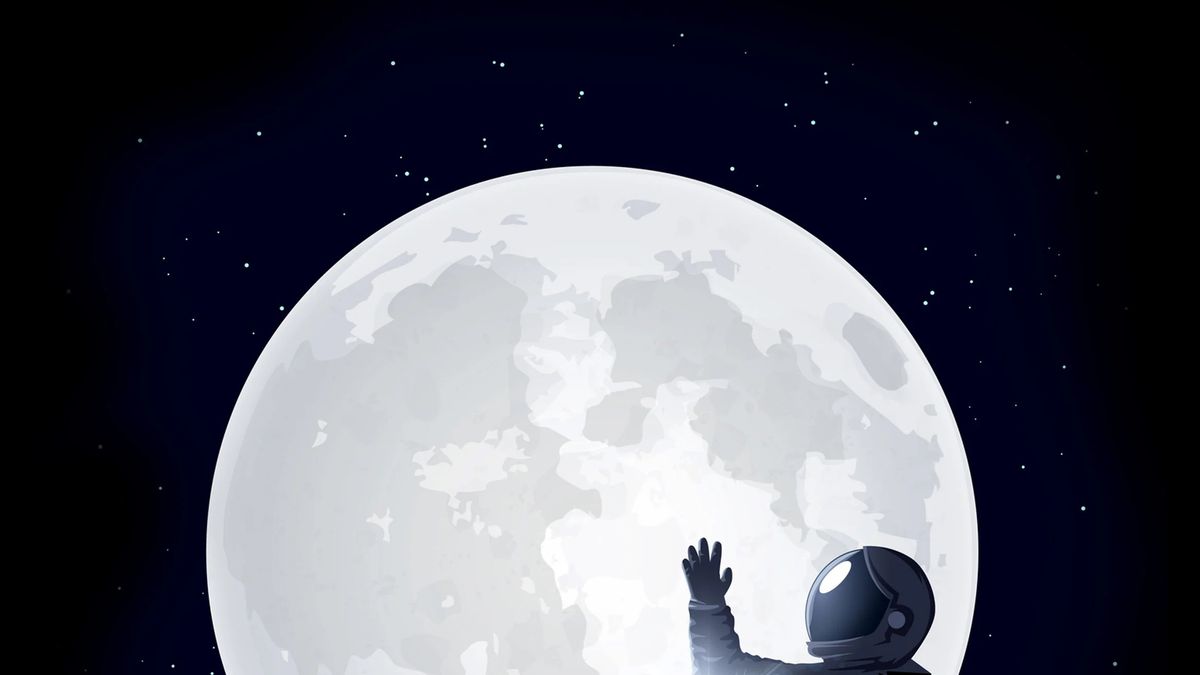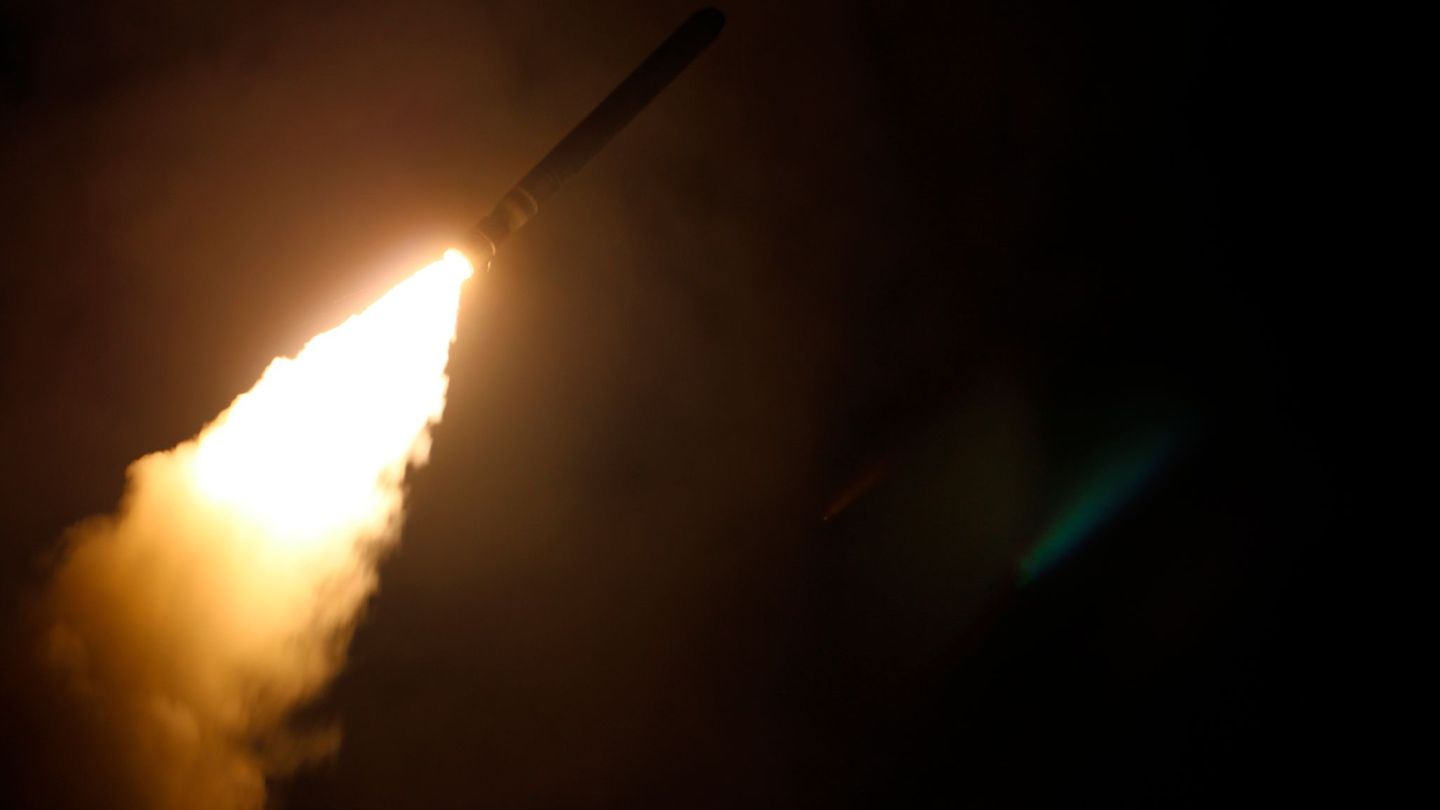In 1964superpowers like USA and the Soviet Union They were fighting an arms and technological race in the Cold war. He October 30 of that same year, Zambia became an independent country. However, despite the happiness of the fledgling nation for the autonomy obtained, there was a man who had his head on the moon.
Edward Makuka Nkoloso He was a science teacher and political activist who wanted to achieve a goal that, at first glance, seemed utopian; surpass the superpowers by sending a team of astronauts to the Moon and then to Mars.
Edward Makuka Nkoloso, the “brain” behind the operation
Although it sounded crazy, the conviction of the founder of the Zambia National Academy of Science, Space Research and Philosophy It surprised both compatriots and the foreign press.
The final group, called “The Afronauts”was made up of 11 men, a 17-year-old teenager and 10 cats. “Some people think I’m crazy, but I will laugh the day I put the Zambian flag on the moon”, he declared in an interview.
nkoloso.avif
The man lived in a reality parallel to that of his country, which faced a great problem with the lack of education and resources. But nothing could stop Nkoloso, who He trained his crew with unorthodox methods. To begin with, the exercises took place in an abandoned farm near Lusaka. Over there, He spun them inside oil drums and threw them downhill to simulate weightlessness..
In the same vein, he used ropes from which the group swung before letting go to recreate the feeling of free fallas well as encouraged his “afronauts” they will walk on their handsbecause he believed that it would be the only possible form of transfer.
When the media from other countries arrived in Zambia, they realized that not only was there no chance of Nkoloso’s group reaching the Moon, but that they were simply nuts. When interviewed, the scientist warned the crew of not force Martians to convert to Christianity. The execution was also complicated; D-Kalu, the precarious rocket that he designed by hand, had an egg-shaped hole so that his “afronauts” could breathe. Besides, would be powered by a system inspired by the catapult.
But for various reasons, Nkoloso’s plan – to launch the rocket from Zambia’s national stadium during the Independence Day celebrations in 1965 – could not be realized. On the one hand, it did not obtain financing from the Zambian state, so it requested a seven million pound grant to UNESCO, which was never granted.
Embed – Faces Of Africa – Mukuka Nkoloso: The Afronaut
Added to the economic obstacles was a conflict within the “afronauts.” “There are too many sexual relations when they should be studying the Moon”Nkoloso complained. Commitment was lacking, and the pregnancy of Matha Mwamba, who was going to be the first Zambian astronaut on Mars, permanently ended the project. The professor blamed “imperalist neocolonialists” and continued to be mocked by the world’s press.
In any case, Nkoloso’s attempt was later reinterpreted by others. The clearest example was that of the Spanish photographer Christina of Middel, who researched this story for his visual project Afronauts (2011) from a poetic side. Furthermore, it served as a reference point for the afrofuturisma cultural movement that mixes science fiction and African traditions to challenge colonial narratives, such as the case of the Zambian artist Stary Mwaba.
Source: Ambito




